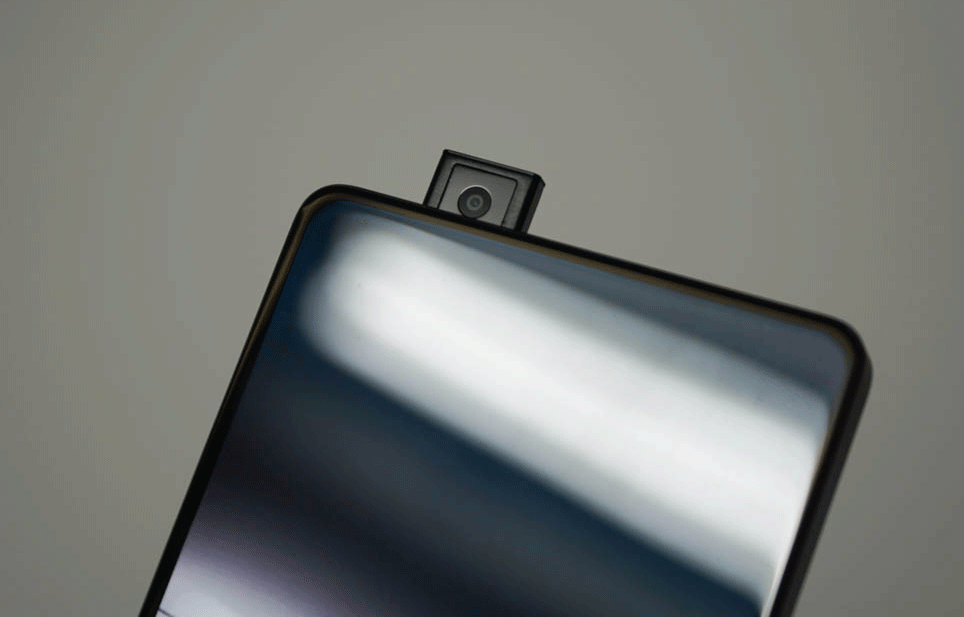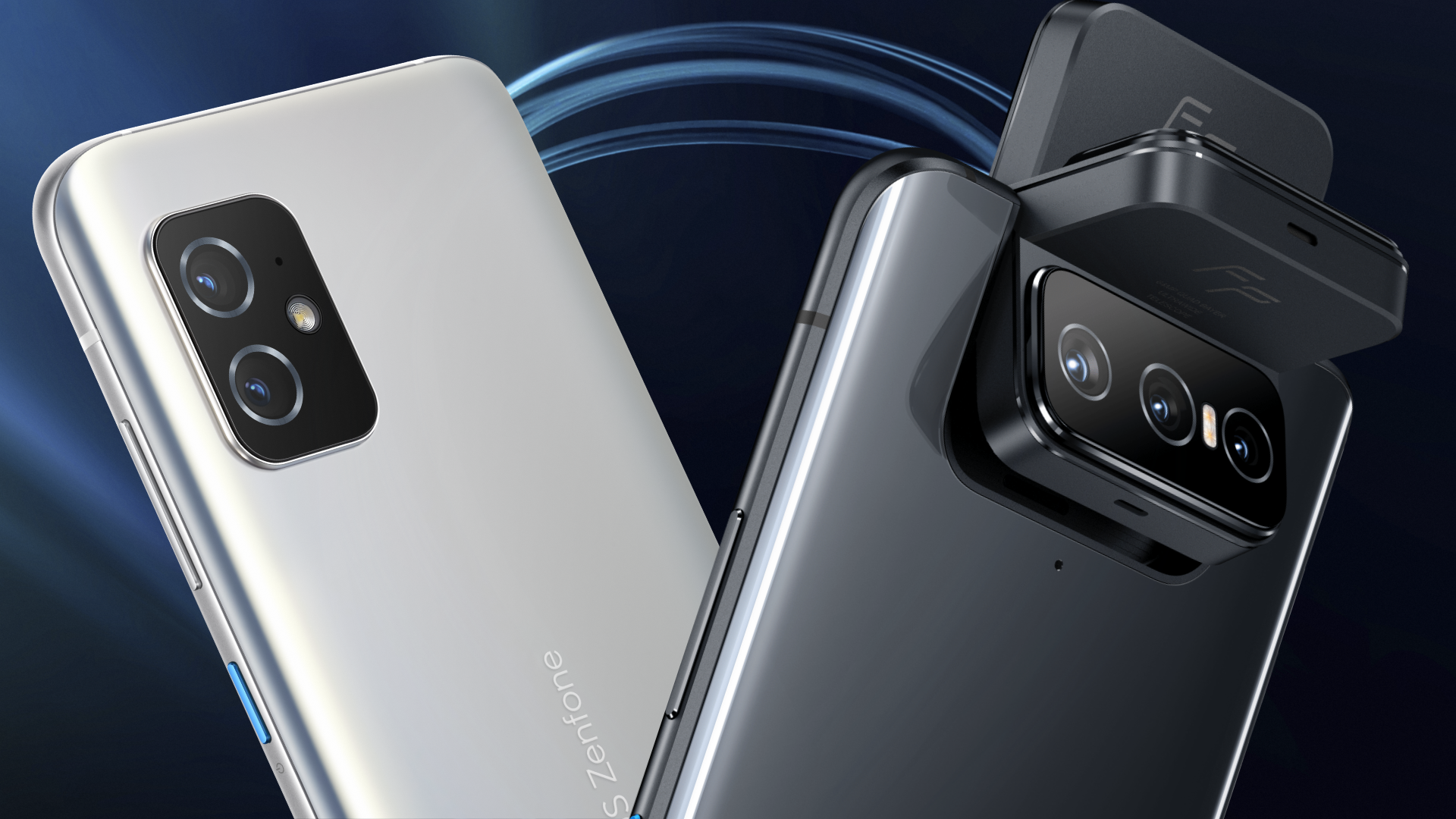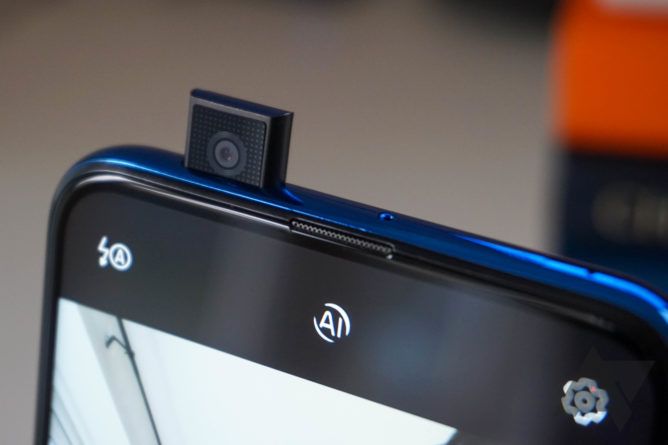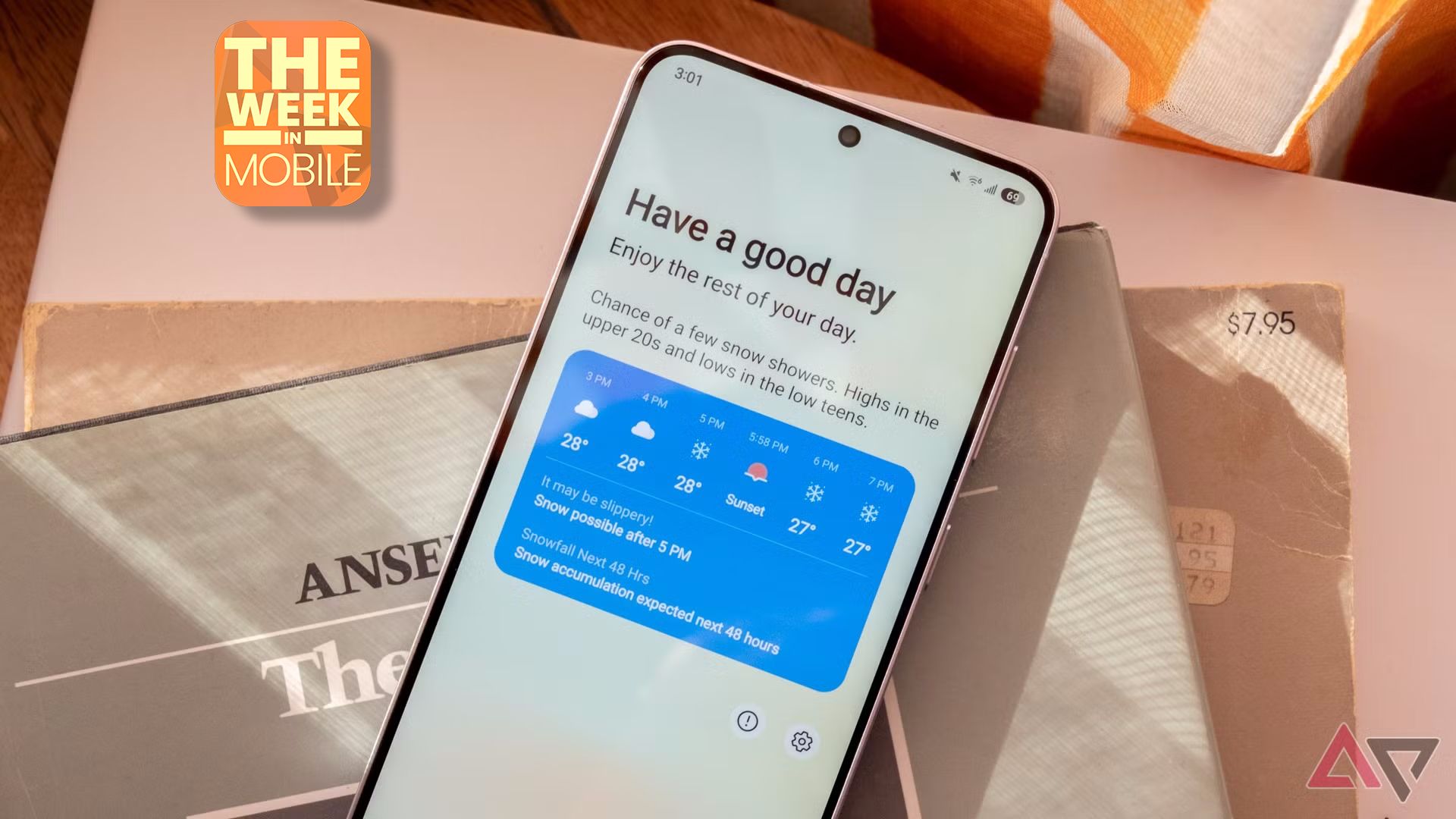Motorized selfie cameras, also known as pop-up cameras, were a unique trend in Android smartphones. Such camera solutions were a fascinating experiment in smartphone design, but they’re now a rarity. Did they fail to live up to expectations, or were there other reasons for their sudden disappearance? Let’s discuss the short-lived era of motorized selfie cameras and uncover the story behind their fading legacy.
How to use your phone’s manual camera settings
Got a specific photo look in mind? Manual camera settings might be the way to go
The rise of motorized selfie cameras
Around 2018 and 2019, several Android smartphone manufacturers explored motorized pop-up selfie cameras. Companies including Oppo, Vivo, Huawei, Xiaomi, Realme, OnePlus, Asus, and Samsung released models featuring this technology. The primary motivation was to eliminate notches and cutouts and deliver a full-screen display without affecting the front camera quality.
Android OEMs like Oppo, with their Find X, and Vivo, with the Nex series, led the charge and showcased devices with seamless, all-screen fronts. Huawei, Xiaomi, Realme, OnePlus, Asus, and Samsung, with models like the A80, joined the party, each offering their take on the pop-up mechanism.
The appeal was undeniable: a full-screen display without obstructions, delivering a cinematic viewing experience. It was Android’s answer to the iPhone X notch and added a wow factor to the design.
Types of motorized selfie cameras
Before we go over the challenges of motorized cameras, let’s have a word about different solutions that were available back then. The pop-up style was the most common, where the front-facing camera module rose vertically from the top edge or middle of the phone. Companies like Vivo (Nex series), OnePlus (7 Pro), and Xiaomi (Mi 9T) utilized this design. It offered a clean, straightforward approach to achieving a full-screen display.
A variation of the pop-up, the “shark-fin” design featured a triangular module that rose and tilted, resembling a shark’s fin. Oppo mastered this design with their Reno series. It was a more robust mechanical solution than the pop-up style.
There was also a full-back pop-up style where a large section of the back of the phone, containing the front-facing camera, slid upward. This approach was less common due to the increased mechanical complexity.
Then, there was a rotating camera style where a single camera module rotated and served as the rear and front-facing camera. The Samsung Galaxy A80 was a prime example. Asus also tried the same on its flagship series. This approach eliminated a separate front camera, maximized screen real estate, and delivered the best-quality selfies.
Concerns with a motorized camera
The novelty of motorized camera systems came with practical concerns. A common issue was the fragility of a moving mechanical component. Unlike fixed camera modules, motorized systems were susceptible to wear and tear.
Consumers worried about the lifespan of the motor and the potential for mechanical failure. The presence of a moving part made it challenging to achieve a robust IP68 water and dust resistance rating. The openings required for the motorized mechanism created potential entry points for liquids and particles.
There was a risk of accidentally activating the selfie camera while the phone was in a pocket or bag. It led to unnecessary wear on the motor and potentially drained the battery. Such a mechanism was prone to dust and sand accumulation, especially in environments like beaches or construction sites.
While Android OEMs tried to give peace of mind with endless live demos during the device announcement, they couldn’t convince consumers for a long time.
The current trend with front cameras
Front-facing camera technology is transitioning from motorized mechanisms to more integrated solutions like hole-punch cutouts and the development of under-display camera (UDC) technology. Hole-punch cutouts involve a small circular or pill-shaped cutout in the display to house the front-facing camera.
It’s more reliable and durable than motorized cameras, as it eliminates moving parts. This design has become the dominant solution in the market, providing a good balance between screen real estate and camera performance. It’s also compatible with Face ID solutions.
While still in its early stages, UDC technology is rapidly improving, with manufacturers like Samsung, Xiaomi, and others developing and implementing it in their devices. These camera designs allow for an IP rating and a more durable phone.
The silent retreat of the pop-up lens
The motorized selfie camera proved to be a fleeting trend on smartphones. The rise of hole-punch cutouts and the ongoing development of under-display camera technology closed the door to a potential pop-up revival. These current technologies are more streamlined and cost-effective and address the durability concerns that affect motorized designs.
If you want to learn all the nitty-gritty details about your Android camera, refer to our dedicated guide.








